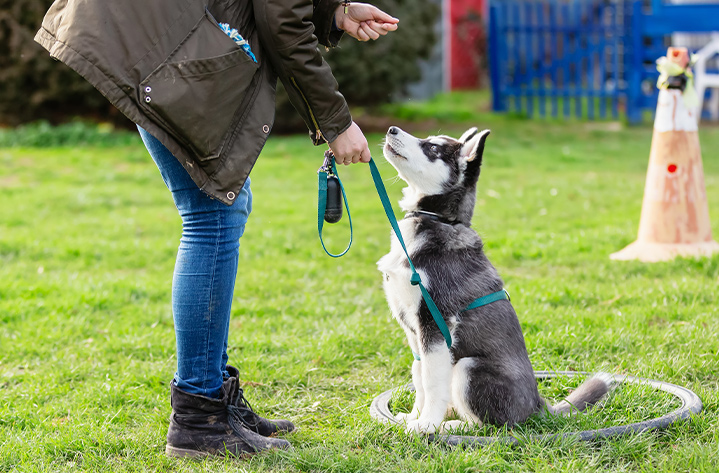
There are actually a lot of possible reasons that your Puppy is being so energetic. Here are a few.
It needs more exercise
Many different types of dogs are bred to do energy-intensive tasks for hours on a daily basis. Because of this, they require a lot of exercises to be properly stimulated. If they don’t get it then it can cause them to become more hyperactive since they will be looking for ways to vent their excess energy.
You might be surprised at just how much exercise your puppy might need in order to be properly stimulated. So, if you want your Puppy to tune down the energy then the first thing for you to do would be to make sure that it is getting exercise daily and to try giving it a lot of exercise in one day to see how it responds. You’ll often find that it takes a lot to calm it down.
Attention seeking
The reason that it is acting in such an energetic way could be because it is looking for attention. If you don’t give your puppy lots of attention throughout the day, perhaps due to work, then it can cause your puppy to try to get it from you.
If you react to it when only to mischievous behavior, then it might have learned that behaving that way is an effective way to get attention from you.
Instead of reacting to it when it gets crazy try ignoring the behavior if you can and then giving it your attention when it is behaving the way that you want it to.
Bored
It could be that your Puppy is bored. This can go hand in hand with not getting enough exercise or attention. So, it’s important to make sure to give your puppy lots of exercise, training, attention, and toys to play with to keep it occupied.
It needs more training
If you have been struggling to get your Puppy to listen to you then it could be that it is not getting enough training. Puppies do not naturally understand what words mean.
So, when you tell it to “come here” despite not having previously taught it what that means then it’s not going to know what you mean.











